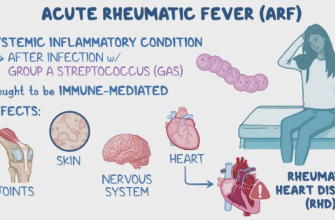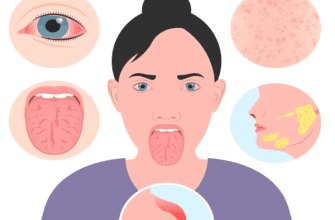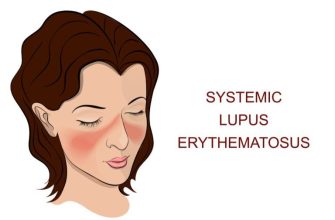What is Myopia?
Myopia, commonly known as nearsightedness, is a refractive error where distant objects appear blurry while close objects remain clear. This happens because the eye focuses light in front of the retina instead of directly on it, usually due to an elongated eyeball or an overly curved cornea.
Symptoms of Myopia
- Blurry vision when looking at distant objects (e.g., road signs, whiteboards, TV)
- Squinting to see clearly
- Eye strain or headaches (especially after focusing on far objects)
- Difficulty seeing while driving, particularly at night (night myopia)
- Eye fatigue after prolonged visual tasks
(In children, signs may include sitting too close to screens, frequent eye rubbing, or poor school performance due to unclear vision.)
Causes & Risk Factors
- Genetic Factors – Family history increases risk.
- Environmental Factors – Excessive near work (reading, screen time) and limited outdoor activity.
- Eye Structure – Eyeball too long or cornea too steep.
- Lifestyle – Lack of natural light exposure during childhood.
- Medical Conditions – Diabetes, cataracts, or rare genetic disorders.
(High myopia [severe nearsightedness] increases risks of retinal detachment, glaucoma, or macular degeneration.)
Diagnosis
An eye exam by an optometrist or ophthalmologist includes:
- Visual Acuity Test – Reading letters on a Snellen chart.
- Refraction Test – Determining lens power needed for correction.
- Retinal Exam – Checking for abnormalities in the retina.
- Autorefractor/Keratometer – Measuring how light bends in the eye.
(Children should have regular eye exams, especially if parents are myopic.)
Treatment & Correction
- Eyeglasses – Concave (minus) lenses to refocus light properly.
- Contact Lenses – Soft, rigid, or specialty lenses (e.g., ortho-k).
- Refractive Surgery (for adults):
- LASIK/PRK – Reshapes the cornea.
- ICL (Implantable Collamer Lens) – Permanent lens implant.
- Atropine Eye Drops (Low-dose) – May slow progression in children.
- Orthokeratology (Ortho-K) – Special overnight contacts to reshape the cornea temporarily.
When to See a Doctor
✔ Blurry distance vision affecting daily life.
✔ Frequent squinting or headaches.
✔ Sudden vision changes (could indicate retinal issues).
✔ Child showing signs (sitting too close to screens, poor school performance).
(Early detection in children helps prevent rapid worsening.)
Prevention & Management
- Spend time outdoors (2+ hours/day for kids).
- Follow the 20-20-20 rule (Every 20 mins, look 20 feet away for 20 sec).
- Limit excessive near work/screen time.
- Regular eye exams (every 1-2 years).
Conclusion: Myopia is common but manageable. Early correction prevents complications. If you or your child experience symptoms, consult an eye specialist for personalized care.







